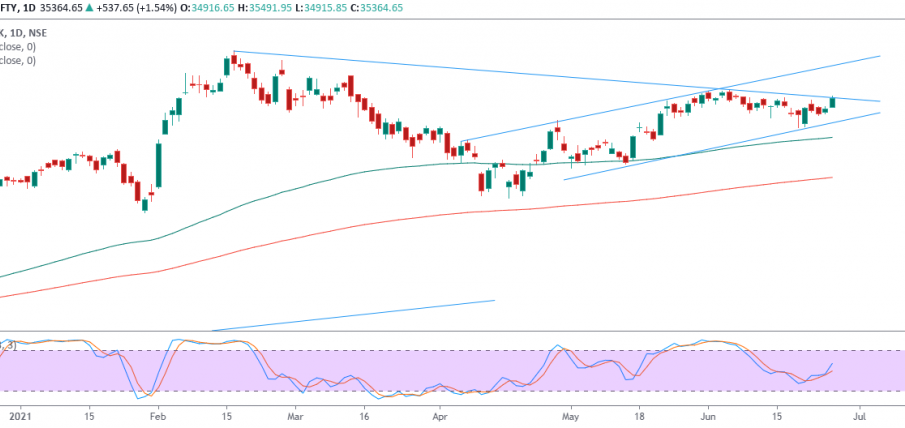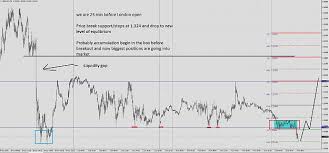Nifty Bank: Understanding its Role and Current Trends

Introduction
Nifty Bank, an essential index of the National Stock Exchange (NSE) in India, represents the performance of the most liquid and large capitalized banking stocks on the exchange. As India’s banking sector continues to evolve with technological advancements and regulatory changes, the performance of Nifty Bank becomes increasingly relevant to investors and market watchers. Its movements provide insights into economic health and investor sentiment in the financial sector.
Current Trends in Nifty Bank
As of mid-October 2023, Nifty Bank has shown remarkable resilience amidst various economic challenges, including fluctuating interest rates and inflation concerns. Currently, the index is performing well, buoyed by solid quarterly results from several key banking institutions like HDFC Bank, ICICI Bank, and Kotak Mahindra Bank. Analysts have observed a surge in loans and advances, as banks are increasingly shifting focus towards retail loans, which continue to be a significant source of growth.
According to reports from financial analysts, the Nifty Bank index has outperformed the broader Nifty 50 index, indicating strong investor confidence in the banking sector. The Nifty Bank index has increased by approximately 20% year-to-date, outpacing many other sectors. This growth is attributed to improving asset quality and lower non-performing assets (NPAs) among prominent banks.
Factors Influencing Nifty Bank Performance
Several factors contribute to the performance of the Nifty Bank index. Key among them is the Reserve Bank of India’s (RBI) monetary policy, which impacts interest rates and liquidity in the market. Recent reports indicate that the RBI may maintain an accommodative stance, which should benefit the banking sector by facilitating lending and investment activities.
Regulatory changes, technological advancements, and shifts in consumer behavior also play critical roles. With the rise of fintech companies and digital banking solutions, traditional banks are increasingly adopting technology to enhance customer service and operational efficiency. This adaptation is essential for banks to maintain their competitive edge and attract new customers.
Conclusion
The significance of the Nifty Bank index cannot be overstated; it serves as a barometer for the health of the Indian banking sector and, by extension, the broader economy. Looking forward, analysts predict that Nifty Bank will continue its upward trajectory if banks manage to capitalize on growth in retail lending and navigate challenges effectively. Investors keen on capitalizing on the opportunities within the banking sector should closely monitor Nifty Bank trends, as they offer vital insights into market dynamics and potential future performance.









